Chasing the Sun: In Conversation with Author Clara Pang
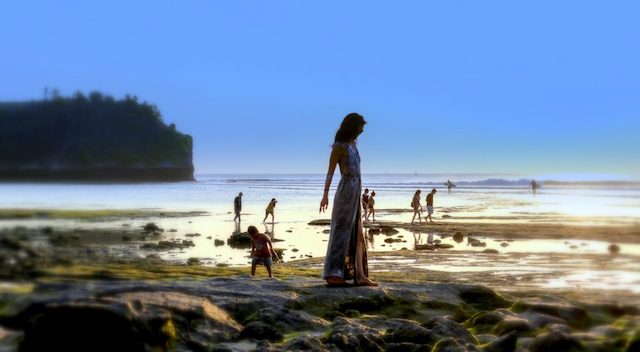
Sunsets can be some of the most impressionable sights when traveling, as we tend to slow down more and take the time to watch one of the most spectacular of nature’s scenes. For traveler, author and yogi, Clara Pang, the sun has risen and set on her home in Rio de Janeiro, Brazil and even farther afield, from the rocky coast of Cape Town to the wide expanse of the Namibian desert. Pang has spent most of her life in motion, from one country to another, making meticulous observations and recording memories of the cultures and individuals she has encountered from Bali to Goa.
With a mountain of notebooks filled with thoughts and experiences – both happy and sad – names and faces of hundreds, Pang decided to share her stories. Her recently-published book, The Sun Sets Anywhere, is a collection of some of the most poignant and memorable of those stories pulled from years of journalling.
In her first book, Pang writes candidly and openly of her experiences living as a student in Australia and volunteering in South Africa, falling in love, facing fear and dealing with life-threatening experiences. The reader cannot help but admire her will and passion to keep getting to know the world.
In a conversation with Pang from her current home base in Barcelona, I learned more about how the book came to be.
What inspired you to publish your first book on your travels?
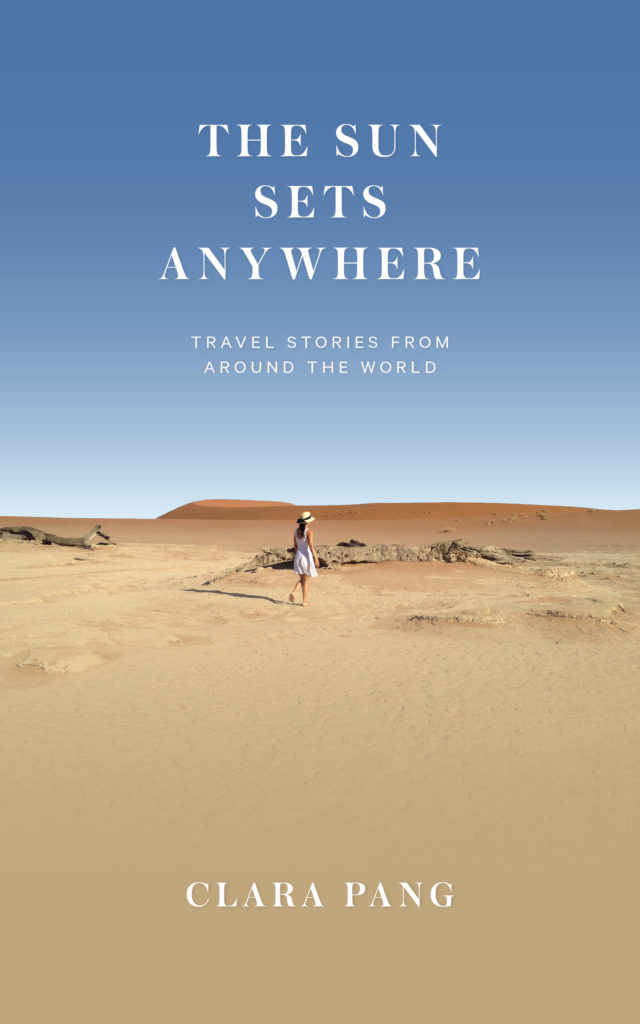 I have kept travel journals since I was young – first just to record the movements, but then I realized how much more it enhanced my experiences by providing a vehicle for reflection. When I decided to write this book, I dug out all my old journals and read them again. There were about forty, so there were thousands of pages of material from which to draw.
I have kept travel journals since I was young – first just to record the movements, but then I realized how much more it enhanced my experiences by providing a vehicle for reflection. When I decided to write this book, I dug out all my old journals and read them again. There were about forty, so there were thousands of pages of material from which to draw.
I’d always had this dream of spending hours in cafés writing, but because I pursued another career professionally, I assumed it would remain a hobby or a romantic notion. And at best, I’d write a book someday from my rocking chair.
When I was in Bali in 2014, I took a writing workshop on a whim and learned about self-publishing. I always rationalized that it’d be impossible to find a publisher with no professional writing credits or even a blog. But in that moment, I had time and money saved to live for a while.
Without any more excuses that writing a book would be an irresponsible decision, I was left with just fear and doubt. And I knew that if I didn’t do it now, I would have to admit that I either didn’t really want this dream or was too scared to try. When faced with this, I knew I had to do it. Bali worked its well-reputed magic on me, I guess!
As an avid writer, what advice would you give up-and-coming travel writers?
It feels like everything has been written about but it’s not true. Although much may have been written about a place to which you’ve just been, your experience and perspective are unique. Travel writing has burgeoned so much, which is great, but what comes naturally with growth is a perceived pressure to write something totally original or sensational in order to stand out. Ultimately, travel stories are not about seeing foreign places but about people, of which there are over seven billion in the world. Moreover, a story is about the relationship between the observer and the subject, so your history affects your view of a place differently than someone else’s.
Finally, a writer’s perspective generally reflects current geopolitics, so a place can be written about over and over without ever being the same. My advice would be to think about what you want to offer the reader – and from there, push yourself to develop your unique perspective without pressure to say something sensational. The complexity of any culture is much more interesting than trying to reveal something new.
You have lived in and traveled to many corners of the globe. How has living in another country changed and challenged you?
I think the greatest challenge for anyone who comes from a highly-developed country is to reconcile how we live with the way most people do in the world, and to not be paralyzed by the guilt of privilege. It feels ridiculous and trite to indulge in stressing about “first world problems” when so many people worry about food and shelter. I struggled with this in almost every country portrayed in my book, and it still plagues me every day.
Although I’ve greatly simplified my material needs, at times I considered letting go of them altogether – but in the end, I realized this would do nothing but assuage my guilt, and that I could do more by using the advantages I’ve been given than trying to deny them. It’s one of the reasons I decided to write this book – with countries like South Africa and Brazil, media portrayals tend to focus on poverty and violence, with less focus on the humanity or unbreakable spirit of some of these communities because of the obstacles they face. I wanted to bring awareness to the positives, and to reciprocate some of what these cultures have given me.
I ran a crowdfunding campaign for pre-orders of this book, part of whose proceeds went to three NGOs featured in the book and in which I remain involved: Ikamva Labantu in Cape Town and Ubuntu Education Fund in Port Elizabeth, both in South Africa, and Operation Shanti in Mysore, India.
Every time you travel, how do you get to know a new culture and country?
I try not to have a set idea of what I should do, as this is already trying to control the experience. If you are newer to travel, I would try to let go as much as possible of any routine or expectations and be open to whatever comes your way. But since I travel a lot and often for long periods of time, it’s become important to create some stability in order to remain grounded and not lose the joy of adventure.
If I’m not with other people, I’ll write in my journal.
For me, a bit of personal ritual to start the day anchors me wherever I wake up–I drink tea, do my Ashtanga yoga practice and then I eat a lot of local fruit for breakfast. If I’m not with other people, I’ll write in my journal.
If I’m staying somewhere for a while, I always find a local café to go nearly every day. It helps me feel like I have some sort of base knowing the owner, and it’s the best way to observe how locals live. In fact, I wrote this entire book in cafés – mostly in Bali and Barcelona, but also in Rio, Cartagena, Shanghai and New York.
My writing was fueled by the energy of other people, constantly changing yet anchored by the constant backdrop of the café.
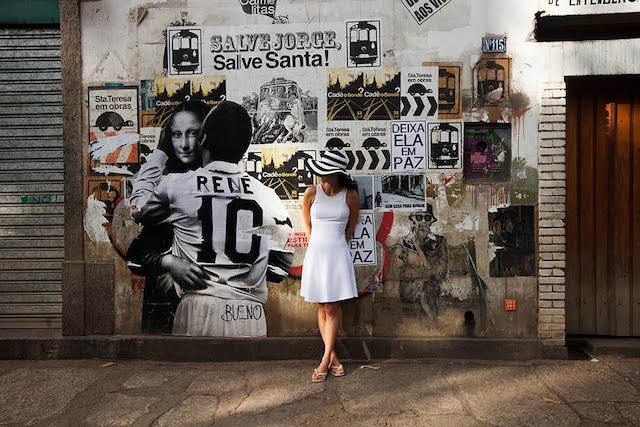
What is the most important impression from your travels that has remained with you?
For me, it’s that human connection is the best investment of our time and you can create this with anyone, no matter how different your backgrounds. I think travel revealed this to me because away from those with whom you regularly spend time, you have no choice but to be open to new people.
Travel has also taught me it’s possible to find this connection anywhere you want if you are open to it. Even in cultures where it’s less the societal norm to strike up conversations with strangers, there is always a way though it might also take adjustment on your part – which is the basis of my story in India. Ultimately, humans are more alike than different, and certain aspects of life are the same no matter what culture you are in. Many people I know in South Africa grew up in townships without electricity or running water, and had no formal education.
Everyone falls in love and has their heart broken; everyone has dreams that come true and some that don’t.
It couldn’t seem any more different than my upbringing in New York City. But when you start to talk about family, relationships, hopes and dreams – it’s always the same. Everyone falls in love and has their heart broken; everyone has dreams that come true and some that don’t. It feels the same at a human level no matter how different the circumstances. The geographical and cultural distances may be slightly further, but the barriers are just as easy to cross if you want.
Photos for Chasing the Sun: In Conversation with Author Clara Pang by Clara Pang.

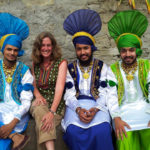

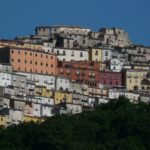
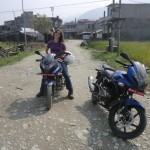
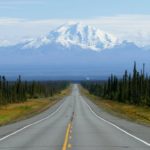



Looks interesting to read.
www.couponorcode.com